Description
Overview
Lettuce (Lactuca sativa) is a fast-growing, cool-season leafy vegetable widely cultivated for its tender leaves and crisp texture. A staple in salads, sandwiches, and wraps, lettuce is favored globally for its mild flavor, hydrating content, and versatility in both home gardens and commercial farming. It’s a high-yielding crop that comes in various types, each offering unique leaf shapes, colors, and textures.
Origin
Lettuce has been cultivated for thousands of years, with its origins tracing back to ancient Egypt where it was valued both as a food and medicinal crop. It spread through the Mediterranean and later into Europe, Asia, and the Americas. Over time, selective breeding led to the diverse varieties grown today.
Types of Lettuce
Lettuce is typically categorized into several main types:
Butterhead (e.g., Boston, Bibb): Soft, loosely formed heads with tender leaves and a buttery flavor.
Crisphead (e.g., Iceberg): Densely packed, crunchy heads with a mild taste.
Romaine (Cos): Tall, elongated leaves with a crisp rib and more pronounced flavor.
Looseleaf: Leaves grow loosely from a central stem; tender and often frilly in texture.
Oakleaf and Batavia: Specialty types with unique leaf shapes and textures, often used in gourmet mixes.
Growth and Cultivation
Climate Requirements:
Lettuce thrives in cool weather—ideal daytime temperatures range between 15–21°C (59–70°F). It can bolt (go to seed) quickly in high heat, making it best suited for early spring, late summer, or cooler climates.
Growing Period:
Maturity: 30–70 days depending on variety
Spacing: 20–30 cm between plants
Watering: Regular moisture is essential for tender, crisp leaves
Soil Needs:
Well-drained, fertile soil with a pH of 6.0–6.8. Adding organic matter boosts leaf development and flavor.
Nutritional Benefits
Lettuce is low in calories but rich in essential nutrients, especially in darker varieties.
Nutrients: Vitamin A, Vitamin K, folate, fiber, and antioxidants
Health Benefits: Supports hydration, digestion, and eye health
Uses
Fresh salads and wraps
Garnishing sandwiches and burgers
Juicing and blending in green smoothies
Hydroponic and organic farming
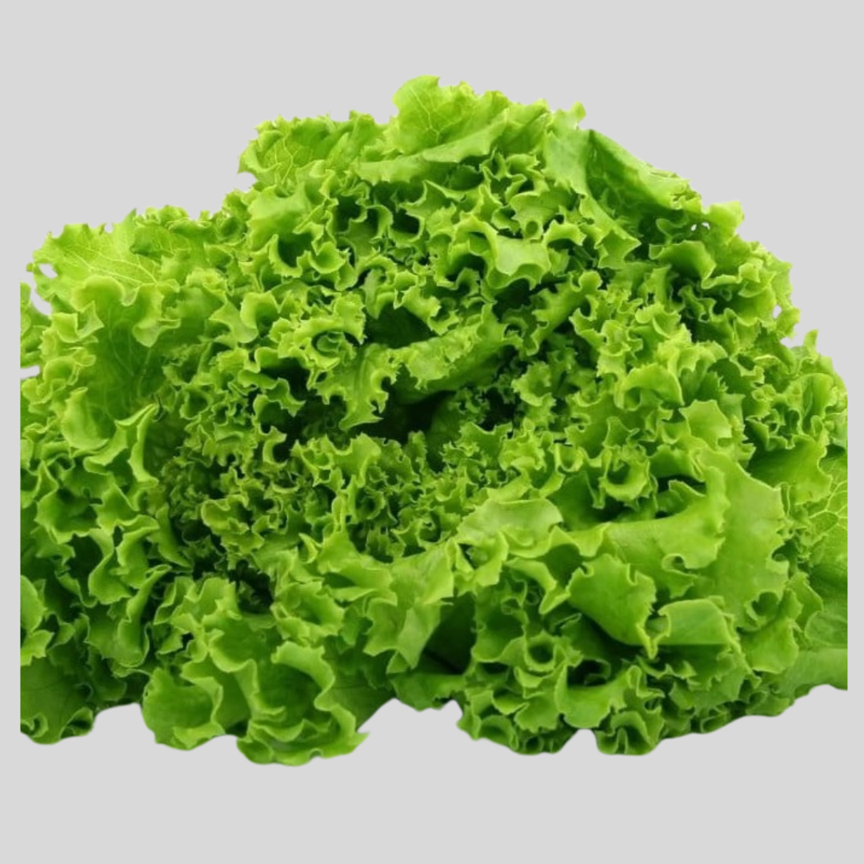
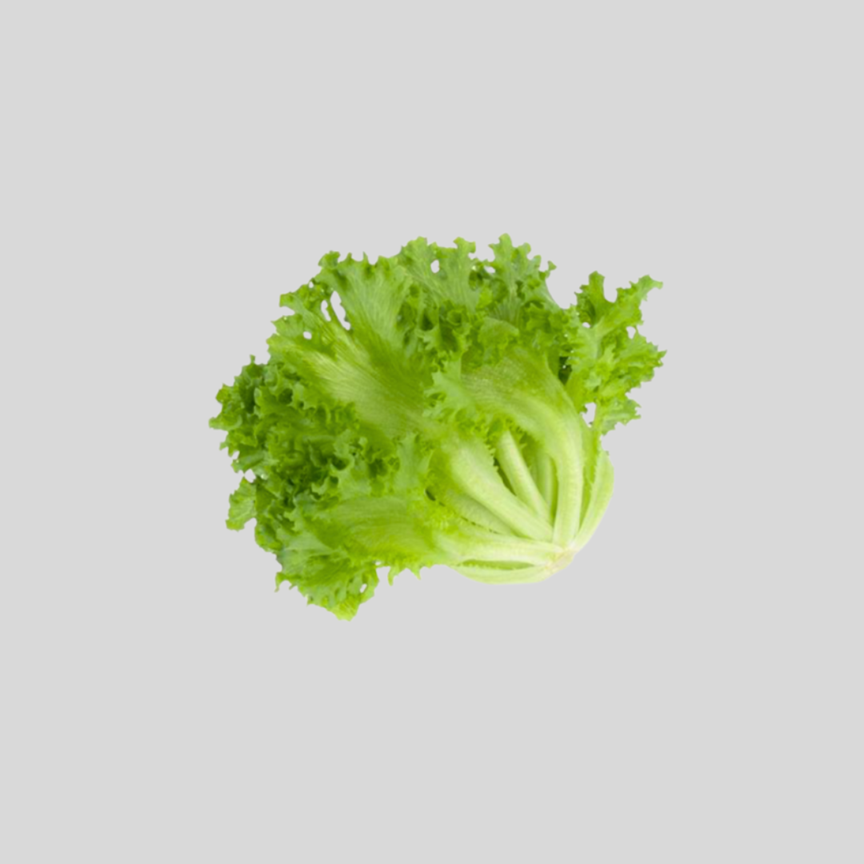
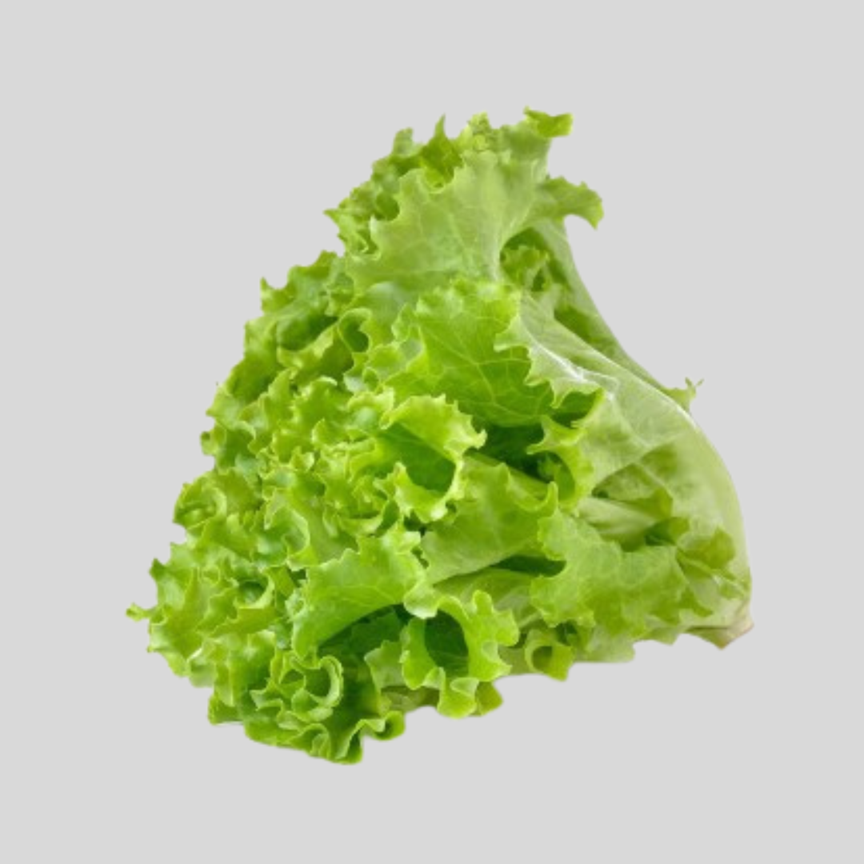
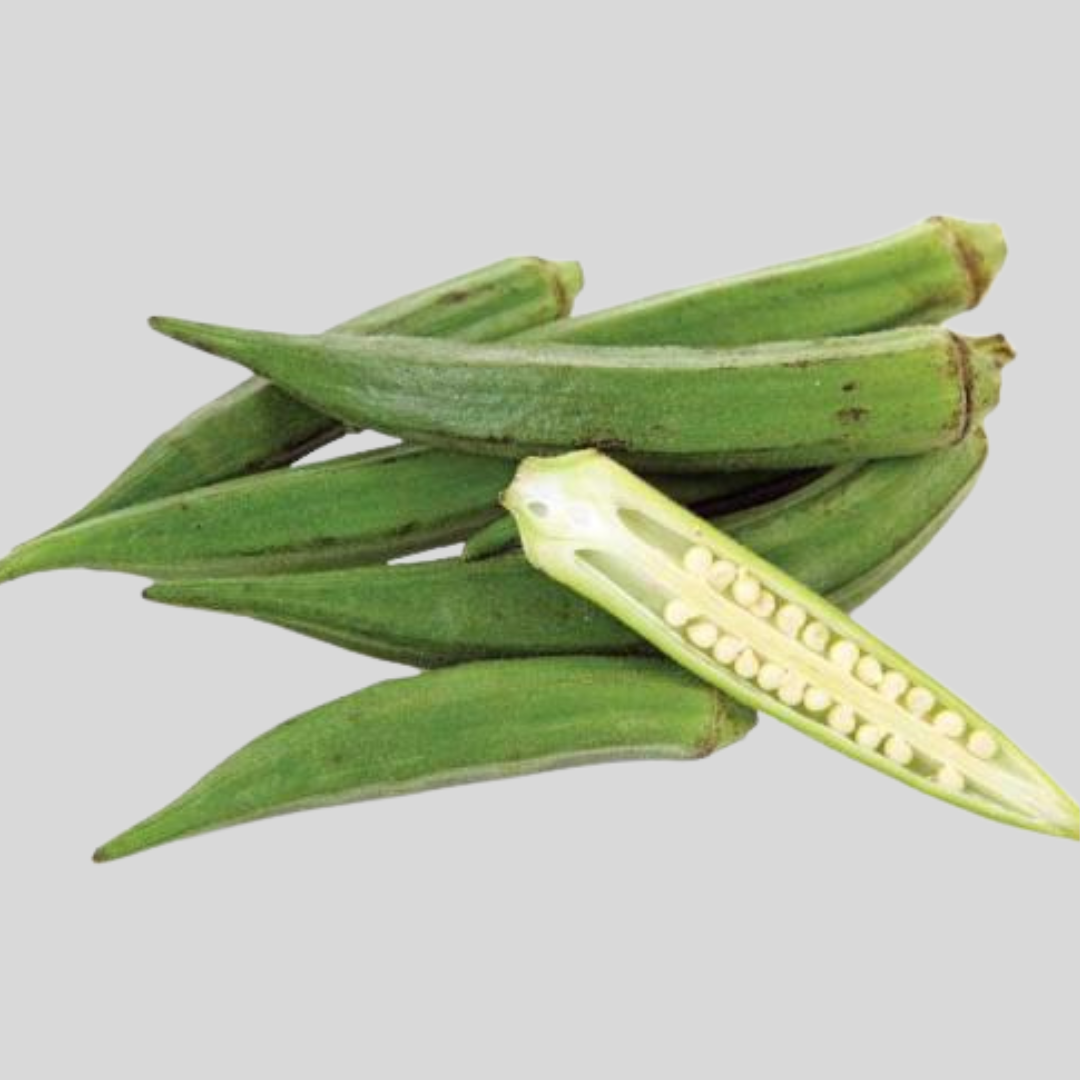
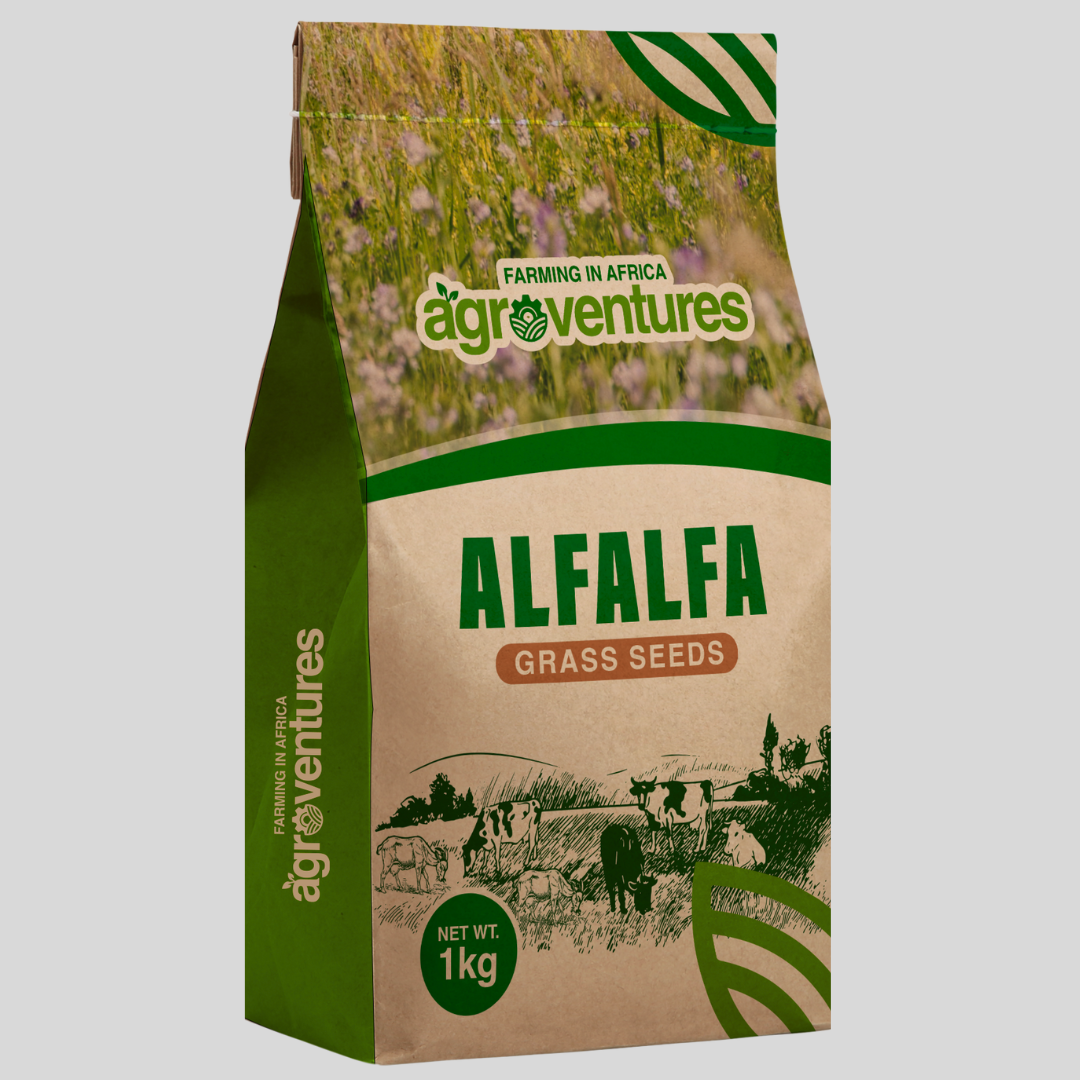

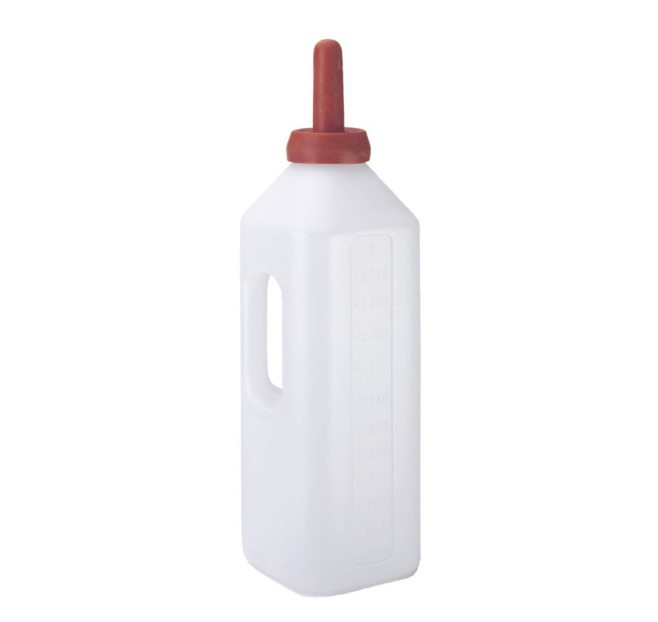
Reviews
There are no reviews yet.